
English Instructional Plan- Describing Characters
- Subject:
- English
- Reading
- Material Type:
- Lesson Plan
- Author:
- VDOE Project Team
- Date Added:
- 04/23/2022

English Instructional Plan- Describing Characters
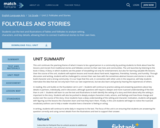
This unit continues the yearlong theme of what it means to be a good person in a community by pushing students to think about how the lessons and morals from traditional stories and folktales connect to their own lives and communities. The unit launches by listening to the book A Story, A Story, in which students see the power of storytelling not only for entertainment, but also for learning valuable life lessons. Over the course of the unit, students will explore lessons and morals about hard work, happiness, friendship, honesty, and humility. Through discussion and writing, students will be challenged to connect their own lives with the sometimes-abstract lessons and stories in order to build character and a strong community. It is our hope that this unit, in connection with other units in the sequence, will help students internalize the idea that we not only learn from our own experiences, but we also learn and grow by hearing the experiences of others.
In reading, this unit builds on the foundation set in unit 1. Students will continue to practice asking and answering questions about key details in partners, individually, and in discussion, although questions will require a deeper and more nuanced understanding of the text than in unit 1. Students will learn to use the text and illustrations to both identify the setting of a story and think about why the setting is important to the story. Students will also be pushed to deeply analyze characters traits, actions, and feelings and how those change and evolve over the course of the story. Once students have a deep understanding of the setting and character motivation, students will grapple with figuring out the lessons the characters learn and how they learn them. Finally, in this unit students will begin to notice the nuanced vocabulary authors use to help a reader visualize how a character is feeling or acting.
In writing, students will continue to write daily in response to the text. The focus of this unit is on ensuring that students are answering the question correctly and using correct details from the illustrations and text to support their answer.
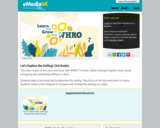
This video is part of the Learn and Grow with WHRO TV series. Watch Amanda Knighton teach about comparing and contrasting setting in a story.

In this lesson we will discuss the story of The Three Little Pigs and the types of houses that they built. Which ones were stronger and why? How do people protect themselves? In Ancient China they used a wall. Did that wall protect them? How? What are other ways people protect themselves? In today’s world we need to protect ourselves using strong passwords. How do we make a strong password? Today you will build a strong password. Then you will build a great wall that is as strong as the password that you created!

Picasso vs Van Gogh lesson is a cross-curricular lesson designed by an Elementary Art teacher to support Math instruction. Created By: Heather Kunks Powhatan County Public Schools.

English Instructional Plan – Story Elements/Plot Grades 2-3 Integrated Strand/s: Communication and Multimodal literacies
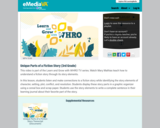
This video is part of the Learn and Grow with WHRO TV series. Watch Mary Mathias teach how to understand a fiction story through its story elements.
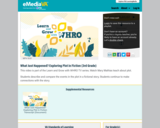
This video is part of the Learn and Grow with WHRO TV series. Watch Mary Mathias teach about plot.
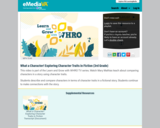
This video is part of the Learn and Grow with WHRO TV series. Watch Mary Mathias teach about comparing characters in a story using character traits.
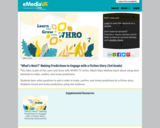
This video is part of the Learn and Grow with WHRO TV series. Watch Mary Mathias teach about using story elements to make, confirm, and revise predictions.
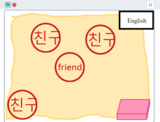
This lesson sequence offers students and teachers a way to explore gender and cultural identity through analyzing children’s literature and coding with Scratch, specifically exploring the importance of names to our identities. Through read-aloud activities and self-differentiated Scratch projects, students learn about the importance of names in reference to both gender and culture, and have a chance to explore and express ideas about their own names, brainstorm creating school environments supportive of diversity, and reflect on their own bravery and resilience. This sequence is broken into seven lessons, though your students may need additional class time to work on their projects.This lesson sequence is part of CodeVA's committment to the U.S. Department of Education "YOU Belong in STEM" initiative.